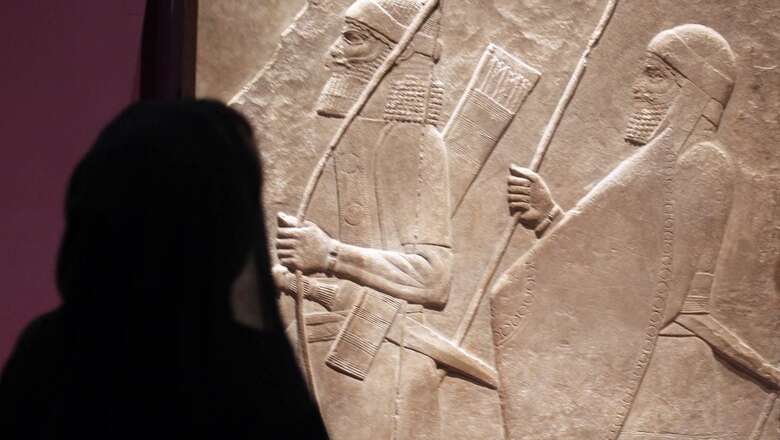
views
Standing before the ruins of Hampi, the seat of the erstwhile Vijayanagara Empire, novelist VS Naipaul had an epiphanic moment about the lost glory of ancient Indian civilisation. The mutilated image of Ugra Narasimha at Hampi made him realise the brutal wounds inflicted on that great civilisation which, even now, spoke about its greatness of aesthetics and grandeur, through the ruins.
Being a third-generation immigrant living in Trinidad, Naipaul wrote that he could not accept the smallness (literally as well as metaphorically) of that place and always considered himself to be a castaway of grand old civilisation. Maybe it was this longing, or more specifically, a sense of belonging to a greater civilisation that produced a definitive version of India in his books; a version that has influenced the thought patterns of generations. There is an India of Gandhi, there is an India of Nehru, and there is an India of Naipaul but most importantly, all three Indias were attempts at self-discovery by their authors; they discovered themselves by rediscovering India, a timeless grandeur that unites all the time and being under its shade.
This brings us to the question, for which the above narration served as a prelude — what constitutes the unity of the people? Or to put it in another way, what inspires individuals to align with other individuals or entities? The most obvious answer that comes to mind, that is usually given and accepted as a valid answer, is the commonality of traits — having common characteristics in terms of language, food, costumes, etc. forms the basis of the unity of a given set of people.
At another level, it is religion, especially in the context of world historical religions, that is touted as the basis of people’s unity because nowhere is this commonality in terms of beliefs more manifest and vigorously maintained than in religion. However, that commonality of belief systems is generally achieved through the erasure of cultural differences or homogenisation of the people’s habits and lifestyles.
Secondly, the historical experiences, especially in post-Westphalian Europe, stand testimony to the limits of unity achieved through religion where overarching Christian identity gave way to nation-states. The same is true in the context of Islam and Middle Eastern countries where ethnicity and religious sects are embroiled in serious conflicts within the backdrop of a common Islamic identity. It is an innocent wish to ask for or desire permanent unity at the level of the people by pointing out commonalities or by erasing the differences. Integrations are achieved at a higher level, by entities, histories, stories, and individuals that can create gradients for other individuals to look up to, inspire, and make their life trajectories merge with that fountainhead of inspiration.
It is in this context that the story of India, seen through the eyes of Naipaul, Gandhi or Nehru becomes important because in the history of India, they discovered their own history, a history although checkered but as old as eternity, and deep-rooted like a Banyan tree. All mythologies are also at the same time self-mythologies because, in the narration of histories and legends, an opening is created for the present to become part of those epic tales of successes, defeats, exiles, revenge and coronations that have the timeless quality of being unfolded right in front our eyes.
In the ruins of Hampi, Naipaul could feel first-hand the glories and the pains of an ancient civilisation, even if that place and episodes were far removed from his personal life history.
When life grows, it not only ages, but it also grows the limits of its boundedness; the sense of time and place tends to become claustrophobic if there are no mechanisms to merge the lines of life with the lines of a greater history. The smallness of a place is not just a literary phase but also an existential problem to be tackled by every generation of every community and the manner in which it is tackled also defines the future of those people. If the lines of history are truncated midway, survival becomes a costly affair and you cease to exist for the world, no matter whether you exist physically or not. And if they are integrated well within the network of civilisational history, the struggle for survival becomes a collective fight in the collective destiny.
In the life of nations and civilisations, all types of centrifugal and centripetal forces operate, forces that want to disintegrate and secede and forces that want to integrate and unify. The strength of the Indian civilisation, which is also its uniqueness, stems from the fact that here, cultural histories and differences are not flattened for a higher unity; rather the grand civilisational history becomes reflective of the small micro-histories and cultural diversity. The vast cultural landscapes represented in the Indian epics like Mahabharata and Ramayana and the sense of time and space embodied by the people, whose histories intersect and merge into each other, is really symptomatic of the kind of unity that this civilisation stands for.
Therefore, the imperative before us is not only to articulate the Indian way of achieving unity but also to showcase it to the corners of India so that they serve as the harbingers for a new and definitive way of discovering India and in the process, of discovering oneself. Who knows, maybe one day, standing before any artefact in the museum or the archaeological sites, someone feels the same throbbing of history and creates in the process another masterpiece that could inspire the next generations.
The bigger question however remains, how to go about actualising this idea of unity? How to make it part of policy and pedagogy? Maybe we can take cues from the life and mission of one of the most inspiring Indian personalities ever born, Swami Vivekananda.
Vivekananda travelled across India, from Kanyakumari to Kashmir and asked people to give up the self-deprecating attitude they had developed, to take pride in who they were and to know what they ought to be and clear their doubts on the aspects of their culture and heritage. Since it’s not possible nor feasible for everyone to be a wanderlust, the government can take the initiative of action and bring to the people what they cannot see on their own by creating something like the Museum of National Integration. Just as after Indian independence, the successive governments pursued the policy of inculcating scientific temper in public and individual life and to achieve that goal, science museums were created in each state.
We all have memories of going to planetariums in our childhood, either as picnic spots or as education visits; the idea was to popularise science and develop inquisitiveness. Similarly, unity museums in each state would showcase not only the diversity of cultures of other states but also how they all contribute to the greatness of the people and civilisation.
India has a number of rich museums in New Delhi and some other places like Prayagraj and Kolkata that house archaeological finds and cultural artefacts. But those museums operate with a certain mandate and vision and with the passage of time, it becomes very difficult to change course or to add a fresh mandate or vision. An interesting example is the establishment of new institutes like IISER for scientific and technological research without diluting IITs and IIMs which had developed their own working momentum.
With so much diversity, India has been united through the thread of culture and with ever-growing regional aspirations, it is an apt time for museums of national integration in every state, encompassing galleries of all states.
We can stress the importance of this initiative with an anecdote. In the backdrop of the Iraq war in 2005, one of the authors was researching on Naga artefacts in Horniman Museum, UK, as a British Academy Fellow. While working there, he saw many artefacts of the Mesopotamia Museum were up for sale on Oxford Street, UK, and there was talk in the air about the prospects of unity in Iraq or whether it would be disintegrated between Kurds, Shias and Sunnis. Interestingly, he also found out that on the question of common identity, the conflicting groups were claiming ownership of the Mesopotamian civilisation. In that context, the author saw first-hand the importance of a common identity that goes beyond the confines of religion, uniting Kurds, Shias and Sunnis and therefore, the need for saving the Mesopotamia Museum.
It reaffirms the need for National Integration Museums in a diverse country like India.
Dr Alok Kumar Kanungo (kanungo.co.in) has spent decades in various museums across Europe and the US, besides India, for his research and analysis interests; Dr Prashant Kumar Singh is a post-doctoral research fellow with an interest in anthropological theory. Both of them have rich, long-term experience working with indigenous communities and cultural representations of India and, at present, working in the interdisciplinary HSS department of IIT Gandhinagar. Views expressed in the above piece are personal and solely that of the author. They do not necessarily reflect News18’s views.













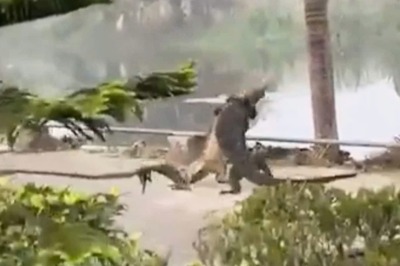


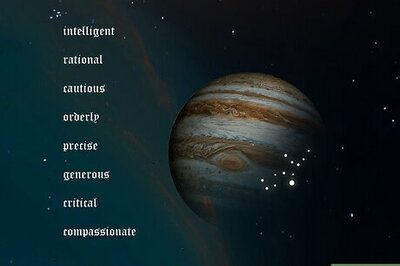
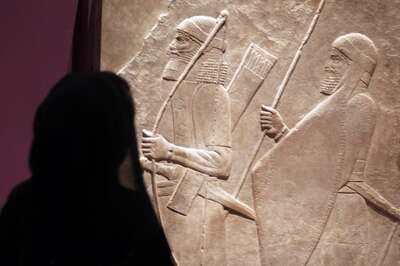
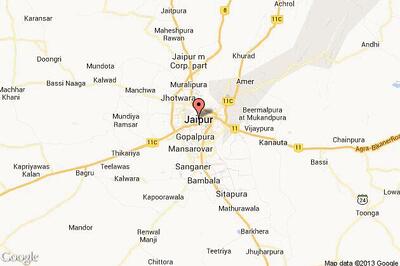
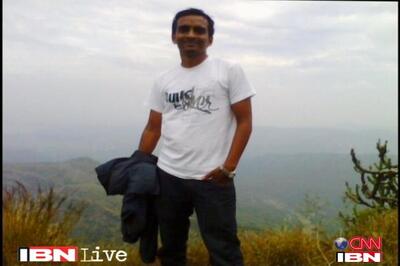
Comments
0 comment